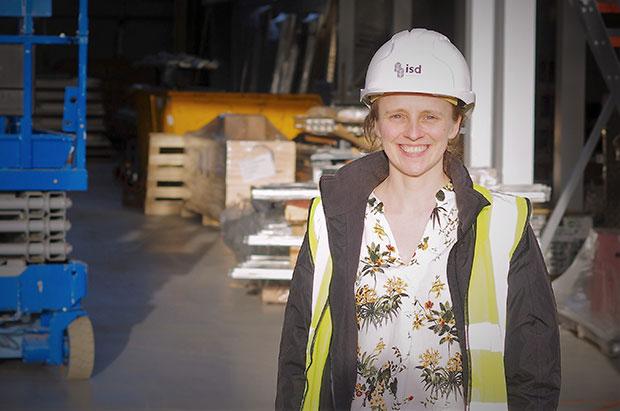Quality design and installation of cold stores could save facility owners tens of thousands a year through reduced energy costs.

That’s the advice from industry experts ISD Solutions, who have released the second in a trilogy of reports published jointly with the Cold Chain Federation.
The report takes an in-depth look at how the twin issues of thermal efficiency and air tightness help reduce immediate and long-term facility costs, as well as improving environmental performance.
It discusses various benefits and methods of achieving air tightness, with information about regulations and testing, tips for quality construction and advice on good maintenance.
With high bay cold storage facilities becoming increasingly popular as online shopping habits and logistical challenges affect the industry, the report studies the impact of vapour sealing on one recently constructed facility.
Measuring 129m in length, 67.3m in width and 35m in height, the report quotes that if industry standard air leakage could be halved, a reduction of 87,600kWh in energy usage over the course of a year, saving £21,900 in costs.
Over the course of a 30-year facility lifetime, the figure rises to more than £650,000 in cost savings.
ISD Solutions is a division of cold store specialists The P & M Group, which also comprises PLG Insulations, QuayTherm Manufacturing and S Tysoe Installations.
“The key to achieving this is good vapour sealing,” said Joanne Swift, Group Sustainability Manager at The P & M Group, who coordinated the report alongside experienced colleagues, Tom Southall from Cold Chain Federation and Dr Dermot Cotter of Star Technical Solutions. “It is important to mention that this will not cost any extra in build price, as it is generally specified and allowed for within the overall project cost plan.
“The difference is whether it is installed and how well it is installed by the specialist contractor. Done incorrectly, vapour sealing will cost the end user significantly in terms of greater energy consumption, every minute of every day. Good vapour sealing is one of the main design fundamentals for any refrigerated envelope. It should be a given that it is incorporated.”
Together the group is publishing three reports this year, in partnership with the CCF. The first covered thermal efficiency and the third, to be released this autumn, with look at door installation and usage – all in a bid to advise end users on the design, maintenance and operation of these specialist buildings, to increase longevity, safety and efficiency.




Comments are closed.